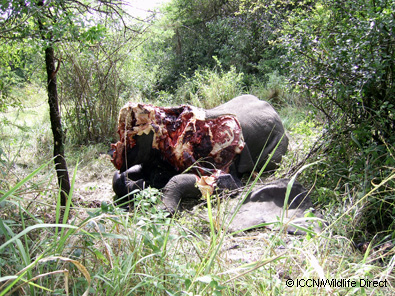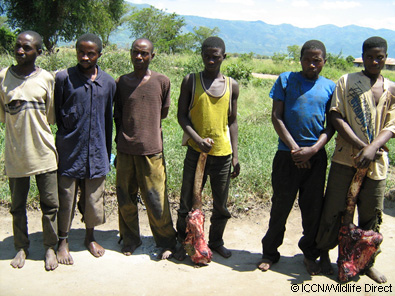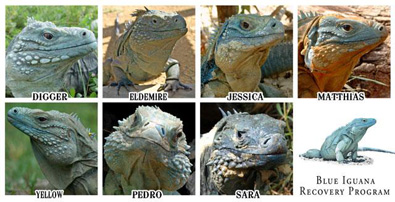It was recently reported that there has been a disturbing rise in elephant poaching in Virunga National Park, Democratic Republic of Congo. The park, which covers 7,800 square kilometers in the eastern part of the country, is Africa’s oldest National Park and has been in the news previously for a series of gorilla killings by militia rebels.
Now attention seems to have turned to the elephants; in the two week period from April 14th a shocking fourteen elephants were killed – four by the FDLR militia (formerly known as Interahamwe), five by FARDC (Congolese military), three by the local Mai-Mai militia PARECO, and two by local villagers.
In 1959 there was an estimated 3500 elephants in Virunga National Park, but estimates from 2006 surveys put the population at 350 individuals, just ten per cent of the 1959 total. The number is thought to have dropped further since 2006, meaning that the death of these 14 elephants represents a significant proportion of the local population, and has likely had a considerable impact on the viability of this group.
Alexandre Wathaut, Provincial Director for the Congolese Institute for the Conservation of Nature (ICCN) in North Kivu said: “This is the worst month we have seen in a long time in terms of recorded elephant deaths. ICCN is making official representations to the Congolese military and to the militia for this slaughter to stop. We call on the international community to engage in solving the region’s political problems, for the sake of the local population as well as for Virunga’s unique wildlife.”
A recent BBC article reported that UN troops in DRC have traded ammunition with militia in Virunga National Park for various items including ivory, and with South Africa’s 13-year moratorium on elephant culling lifted last week there are fears that the international ivory trade may return to levels seen in the 1970s and 1980s.
Since 2001 ZSL has been comitted to assisting ICCN in Virunga National Park, with key activities including rehabilitation of infrastructure, supporting rangers and patrols, and training of rangers. To support ZSL’s conservation work in Virunga National Park, please click here.
And tragically, just days after the shocking elephant slaughter it was reported that an attack on a group of Critically Endangered blue iguanas in a captive breeding facility left seven individuals dead. The iguanas were found late on the morning of Sunday May 4th and appeared to have substantial internal injuries “as if they had been stamped on violently and repeatedly”. Some were also cut and partially dismembered, and it has since been discovered that a number of the deaths may have been caused by dog bites.
“This incomprehensible carnage has brought people to tears,” said Frederic Burton, director of the Blue Iguana Recovery Programme (BIRP) which is responsible for breeding the iguanas for release into the wild.
Captive breeding efforts from the BIRP have been crucial in the conservation of the blue iguana; in 2005 there were just 25 individuals remaining, but now there are 140 iguanas in the captive breeding facility on Grand Cayman, and a fantastic 230 individuals living freely in a protected area on the island. However, it is estimated that there needs to be at least 1,000 iguanas for the population to become stable. Among the iguanas killed were a number of breeding males, and two females which were preparing to lay eggs which would have made significant contributions to further boosting the population.
“This has shocked people far beyond just the conservation community and brought out stronger than ever the way this uniquely Caymanian creature has become an icon of the Cayman Islands’ national culture,” explained Burton. “Each of the blue iguanas killed had rich life stories and distinct personalities. Many people feel they have lost close personal friends,” he said.
The Caribbean is the home to a fantastic array of biodiversity including many Evolutionarily Distinct species, such as the equal 4th ranked Cuban and Hispaniolan solenodons. The islands of the Caribbean have suffered from extensive habitat loss, for example from deforestation, and species are often further threatened by competition and predation from introduced species.
To donate to the Blue Iguana Recovery Programme click here.



